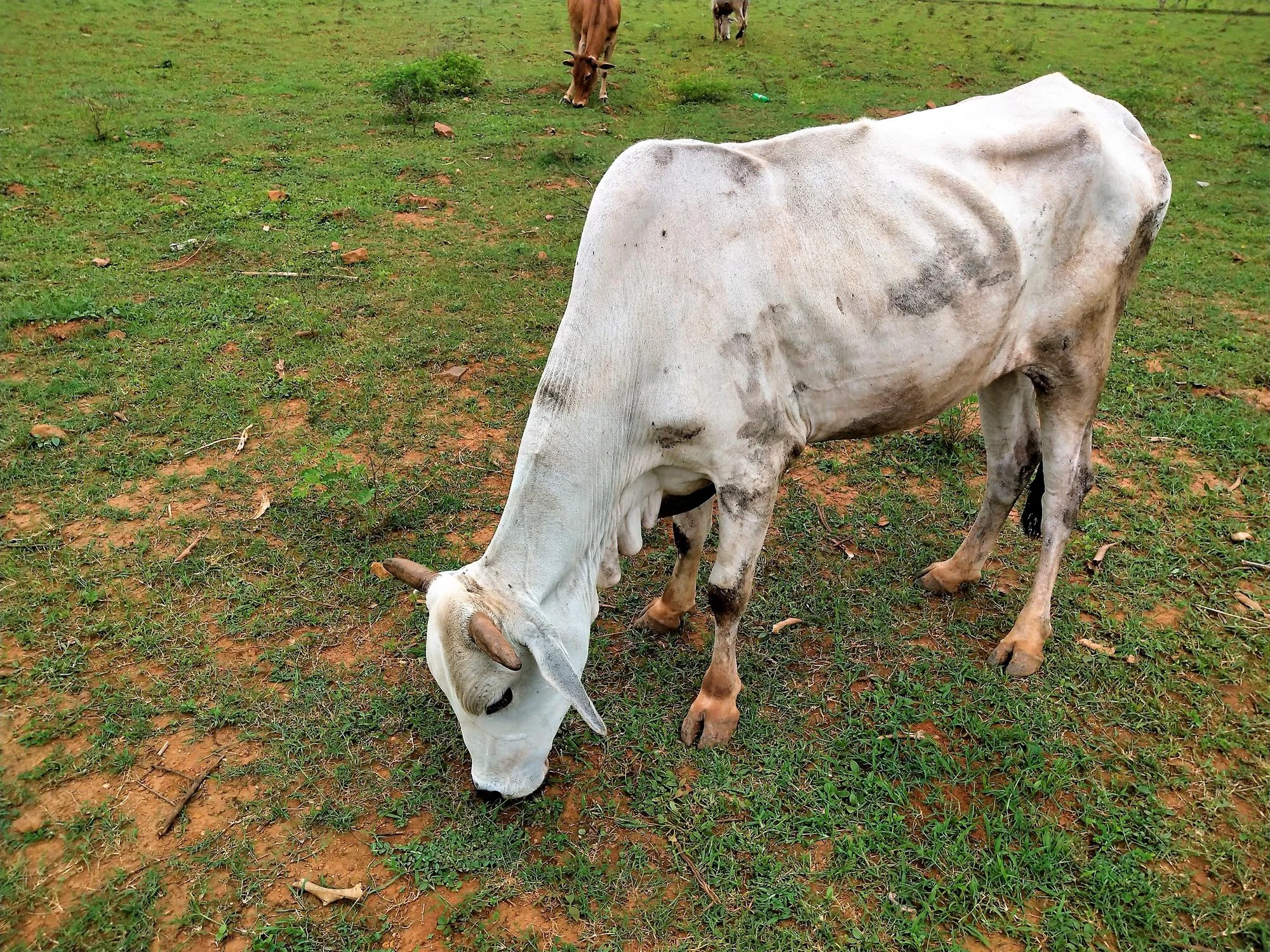In a substantial stride towards understanding the genetic underpinnings of infectious diseases in livestock, a team of interdisciplinary researchers from the University of Naples Federico II in Italy has recently unveiled findings that highlight the role of specific genetic variations in the susceptibility to brucellosis in buffaloes. The study titled “In vivo biological validation of in silico analysis: A novel approach for predicting the effects of TLR4 exon 3 polymorphisms on brucellosis” was published in the journal Infection, Genetics and Evolution with a DOI identifier 10.1016/j.meegid.2024.105552.
The team, led by scientists Gentile Antonio, Fulgione Andrea, and Capparelli Rosanna, among others, leveraged a multidisciplinary approach, encompassing computational analysis, genotyping, and metabolomics to facilitate a deeper understanding of how certain Single Nucleotide Polymorphisms (SNPs) in the Toll-like receptor 4 (TLR4) gene affect the functionality of proteins and, consequently, the immune response in Bubalus bubalis – the domestic buffalo.
The Prominence of TLR4 in Immune Response Activation
The immune system plays a crucial role in recognizing pathogens and activating appropriate responses. At the heart of this intricate system is the Toll-like receptor 4 (TLR4), a protein known for distinguishing between intracellular and extracellular pathogens and instigating immune defense mechanisms. It is well-documented that genetic mutations or SNPs can interfere with the functions of TLRs, potentially leading to compromised immunity.
The Study’s Approach and Methodology
In the published work, researchers initiated their investigation with a computational analysis, a technique that employed in silico methods to predict the potential impact of TLR4 exon 3 polymorphisms. This predictive phase was followed by an empirical component, wherein the team conducted genotyping analysis to test and affirm the computational forecast.
Lastly, the scientific team utilized NMR-based metabolomics analysis. This method enabled them to detect and characterize small molecule metabolites in biological samples, with the intent of discovering biomarkers indicative of brucellosis, an infectious disease caused by the bacteria Brucella abortus, which often afflicts cattle, swine, and other livestock.
Notable Findings of the Research
The findings were groundbreaking. Two SNPs in the TLR4 gene – c. 672 A > C and c. 902 G > C – emerged as significant risk factors for the development of brucellosis in buffaloes. Furthermore, three key metabolites – lactate, 3-hydroxybutyrate, and acetate – were identified as biological markers for predicting the disease.
Of particular note was the connection between these metabolites and structural changes in TLR4’s MD2 interaction domain. This domain is critical towards effective immune response and its alteration is a telltale sign of compromised defense against various Gram-negative bacterial infections.
Implications and Future Prospects
This landmark study not only provides pertinent insights into the disease mechanisms of brucellosis in buffaloes but also opens avenues for extending the research to other pathogens, including the notorious Mycobacterium tuberculosis.
The collaborative nature of the research, drawing on the strengths of computational biology, genetics, and metabolomics, underscores the potential of multidisciplinary efforts in advancing medical and veterinary sciences. Through their novel methodological framework, the researchers have laid a blueprint for future studies aiming to dissect complex genetic interactions that underlie diseases.
Recommendations for Further Reading
To delve deeper into the subject matter, readers and experts in the field are recommended to explore the following references, which were instrumental to the research:
1. Ulevitch, R. J., & Tobias, P. S. (1995). Receptor-dependent mechanisms of cell stimulation by bacterial endotoxin. Annual Review of Immunology, 13, 437-457,
2. Kawai, T., & Akira, S. (2010). The role of pattern-recognition receptors in innate immunity: update on Toll-like receptors. Nature Immunology, 11(5), 373-384.
3. Baldwin, C. L., Parent, M. (2002). Fundamentals of Host Immune Response Against Brucella abortus: What the Mouse Model Has Revealed About Control of Infection. Veterinary Microbiology, 90, 367–382.
4. Carvalho, A., Fonseca, A. A., Oliveira, S. C. (2010). Immunological implications of TLR4 polymorphism in human and animal infectious diseases. Infection, Genetics and Evolution, 10, 850-857.
5. Capparelli, R., Iannaccone, M., Palumbo, D., Medaglia, C., Moscariello, E., Russo, G., Iannelli, D. (2009). Role played by human mannose-binding lectin polymorphisms in pulmonary tuberculosis. Journal of Infectious Diseases, 199(5), 666-672.
Conclusion
The convergence of computational scientific techniques and in vivo validation represents a pivotal advancement in modern research methodologies. The study executed by the University of Naples team stands as a testament to the potent synergy among diverse scientific disciplines and their collective potential to unravel complex biologic and pathogenic patterns, with substantial implications for the veterinary field and beyond.
Keywords
1. Brucellosis genetic research
2. TLR4 polymorphisms livestock
3. Buffalo TLR4 SNPs
4. Metabolomics infectious diseases
5. In silico biological validation
(Copyright © 2024 The Authors. Published by Elsevier B.V. All rights reserved.)
